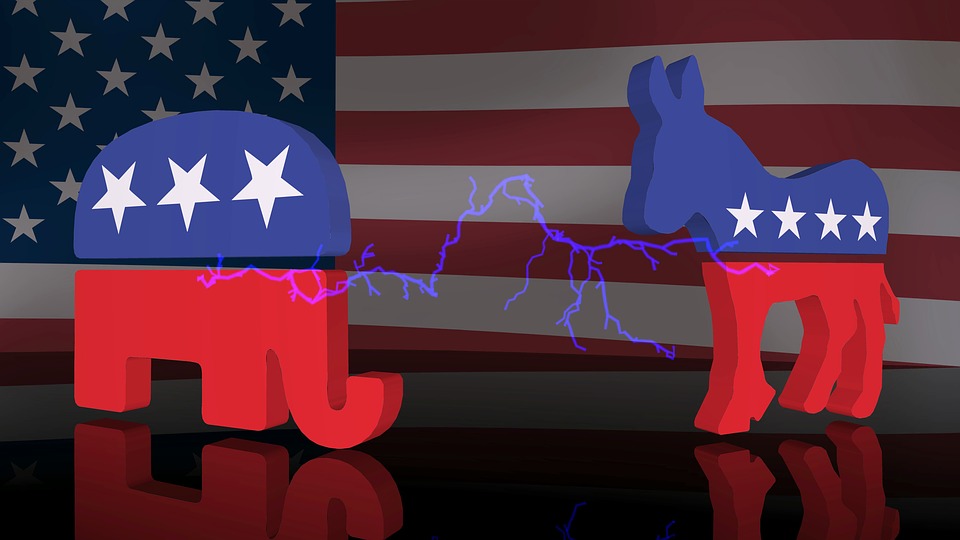In general, how can you manage the sweet spot – between your price-optimization and costs?
Dennis Brown of the consulting firm, Atenga (www.atenga.com), says many companies make 11 pricing mistakes:
1. Companies base their prices on their costs, not their customers’ perceptions of value. “In certain circumstances, there are strategic reasons a company may decide to sell a product below its cost for a period of time, or to a certain market segment as a ‘loss leader,’ Brown writes. “However, when a price is set according to the perceived value of the product or service, sales are brisk, and profits are maximized.”
2. Companies base their prices on the marketplace. “Marketplace pricing is a resting place for companies that have given up, and where profits end up being razor thin,” he says. “Instead of giving up, these management teams must find ways to differentiate their products or services so as to create additional value for specific market segments.”
3. Companies attempt to achieve the same profit margin across different product lines. “Some financial strategies support a drive for uniformity, and companies try to achieve identical profit margins for disparate product lines,” he believes. “The iron law of pricing is that different customers will assign different values to identical products.”
4. Companies fail to segment their customers. “The value proposition for any product or service is different in different market segments, and the price strategy must reflect that difference,” he asserts. “Your price realization strategy should include options that tailor your product, packaging, delivery options, marketing message and your pricing structure to particular customer segments, in order to capture the additional value created for these segments.”
5. Companies hold prices at the same level for too long, ignoring changes in costs, competitive environment and in customers’ preferences. “It is important to recognize that the value proposition of your products changes along with changes in the marketplace, and you must adjust your pricing to reflect these changes,” Brown explains.
“The value proposition for any product or service is different in different market segments, and the price strategy must reflect that difference.”
6. Companies often incentivize their salespeople on revenue generated, rather than on profits. “Volume-based sales incentives create a drain on profits when salespeople are compensated to push volume at the lowest possible price,” he writes.
7. Companies change prices without forecasting competitors’ reactions. “Smart companies know enough about their competitors to forecast their reactions, and prepare for them,” he adds.
8. Companies spend insufficient resources managing their pricing practices. “In fact pricing is of outmost importance, and a key element of the marketing mix,” he says. “Good pricing strategies use hard data generated by modern methods such as Value Attribute Positioning, Conjoint Analysis or Van Westendorp’s Price Sensitivity Meter, to generate accurate hard data on the perceived value of a product or service, thereby enabling mangers to maximize their profits by optimizing their prices.”
9. Companies fail to establish internal procedures to optimize prices. “Price optimization data comes from focused research,” he points out.
10. Companies spend most of their time serving their least profitable customers. “While 80 percent of a company’s profits generally come from 20 percent of its customers, a careful review of the data often will show surprises, since a company’s largest customers are often only marginally profitable,” he says.
11. Companies rely on salespeople and other customer-facing staff for intelligence about the value perceptions of their customers. “Such people are an uncertain source, because their information gathering methodology is often haphazard, and the information obtained thereby can be purely anecdotal,” he explains.
Here’s a tip of the Biz Coach cap to the consultant’s philosophies. Mr. Brown’s points are valid.
You might also consider that many value-conscious customers would appreciate a cash discount in lieu of paying by credit card, which would also save you a credit-card processing fee.
From the Coach’s Corner, here are more profit-making tips:
Classic Red Flags You’re about to Lose a Sale – How to Save It – You’re in the hunt for new business. You’ve done your research about a prospective anchor client. You’ve had some preliminary discussions. Now, you’re seated with the person and making your case. But will you seal the deal? Here are the red flags you’re about to lose the sale, and what to do about it.
To Cope with Rising Costs, Review your Pricing Strategy – Increased costs weigh heavily on the bottom line. If you’re being pressured by costs, it’s probably time to review your pricing strategy. You’re not alone. No business is immune from rising costs in fuel; rent or real estate; labor; health insurance and ObamaCare; marketing; and equipment.
“How I Love Lucy was born? We decided that instead of divorce lawyers profiting from our mistakes, we’d profit from them.”
-Lucille Ball
__________






